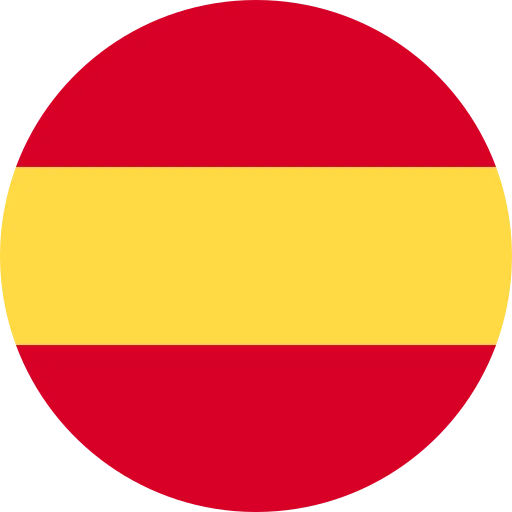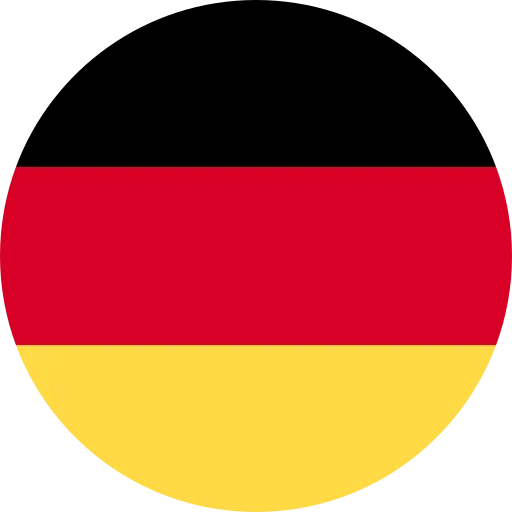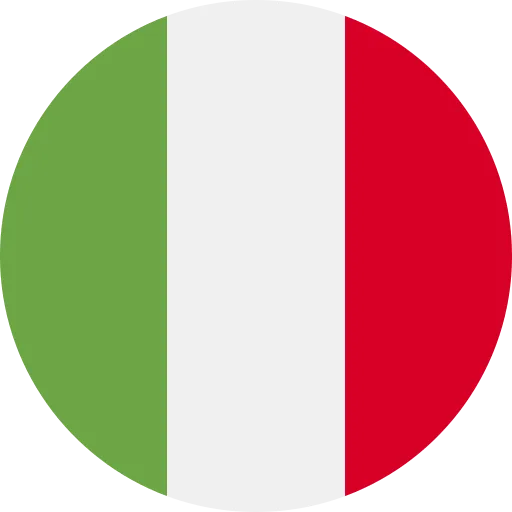The Nihongami Collection by Manuel Mon is a homage to traditional hairstyles from Japan.

Starting from oriental culture, styles in the Nihongami Collection by Manuel Mon emulate the traditional Japanese hairstyle, giving it a specific cultural meaning as a form of expression. The collection features elaborate structure with artisanal technique. Additionally, this provides a more three-dimensional and airy character through wefts and interlacings without fastening. The creation process features the typical ornaments of the numerous Nihongami styles on the same hair and with the same techniques.






Nihongami (日本髪, lit. “Japanese hair”) dinstinguishes a range of traditional Japanese hairstyles by their construction and social role. Traditionally, the construction of most Nihongami hairstyles consisted of two “wings” on the side of the head that curved upward to the back of the head, forming a topknot or ponytail, with a long bow of hair underneath, also tucked into the topknot.
The hairstyles feature traditional hair accessories; the combination of style and accessories resulted in hairstyles that varied significantly depending on gender , age, professional role, and social status . Most Nihongami styles were hardened and shaped with wax known as abura, and styled with specially carved combs made of bamboo or boxwood, using heated tongs to smooth the hair before styling. Hair usually gets a weekly restyling and in some cases requires sleeping on a pillow called a takamakura. Nihongami are no longer very common, other than on maiko, geisha and sumo wrestlers. Some nihongami styles have even faded into insignificance over time.
Hair: Manuel Mon | @manuelmonoficial Photographer: Bernardo Baragaño | @vertigoestudio Make-up: María Montes | @mariamontes & Helena Truébano Styling: Ana González del Pozo @ana_gonzalezdelpozo with wardrobe by El Costurero Ecléctico by Angel Schlesser @elcostureroeclectico








